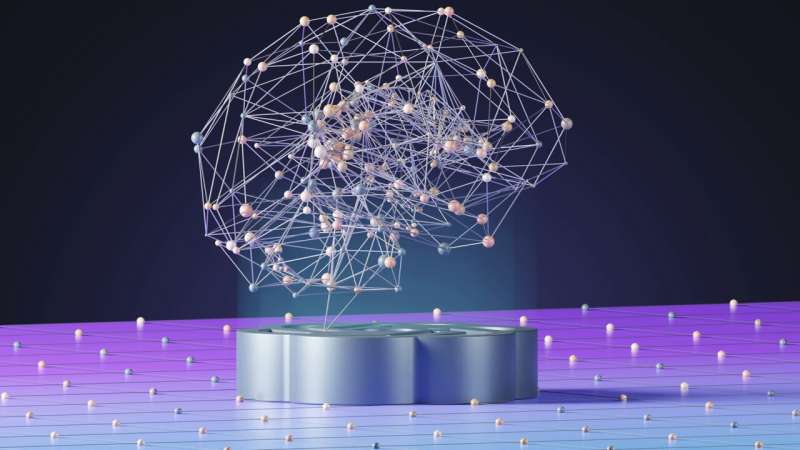by Omar H. Fares,

OpenAI's new generative Sora tool has sparked lively technology discussions over the past week, generating both enthusiasm and concern among fans and critics.
Sora is a text-to-video model that significantly advances the integration of deep learning, natural language processing and computer vision to transform textual prompts into detailed and coherent life-like video content.
In contrast to previous text-to-video technologies, like Meta's Make-A-Video, Sora is able to overcome limitations related to the type of visual data it can interpret, video length and resolution.
From what OpenAI has demonstrated, Sora can generate videos of various lengths, from short clips to full-minute narratives, and in high definition, accommodating a wide range of creative needs.
Although no official release date has been announced, Sora will likely be available to the public in the coming months, judging by OpenAI's typical pattern of public releases. For now, it's only available to experts and a few artists and filmmakers.
How Sora works
At the heart of Sora's innovation is a technique that transforms visual data into a format it can easily understand and manipulate, similar to how words are broken down into tokens for AI processing by text-based applications.
This process involves compressing video data into a more manageable form and breaking it down into patches or segments. These segments act like building blocks that Sora can rearrange to create new videos.
Sora uses a combination of deep learning, natural language processing and computer vision to achieve its capabilities.
Deep learning helps it understand and generate complex patterns in data, natural language processing interprets text prompts to create videos, and computer vision allows it to understand and generate visual content accurately.
By employing a diffusion model—a type of model that's particularly good at generating high-quality images and videos—Sora can take noisy, incomplete data and transform it into clear, coherent video content.
Sora's approach differs from CGI character creation, which requires extensive manual effort, and from traditional deepfake technologies, which often lack ethical safeguards, by offering a scalable and adaptable method for generating video content based on textual input.
This article is republished from The Conversation under a Creative Commons license. Read the original article.![]()
Citation: OpenAI's new generative tool Sora could revolutionize marketing and content creation (2024, February 22) retrieved 22 February 2024 from https://techxplore.com/news/2024-02-openai-generative-tool-sora-revolutionize.html
This document is subject to copyright. Apart from any fair dealing for the purpose of private study or research, no part may be reproduced without the written permission. The content is provided for information purposes only.
